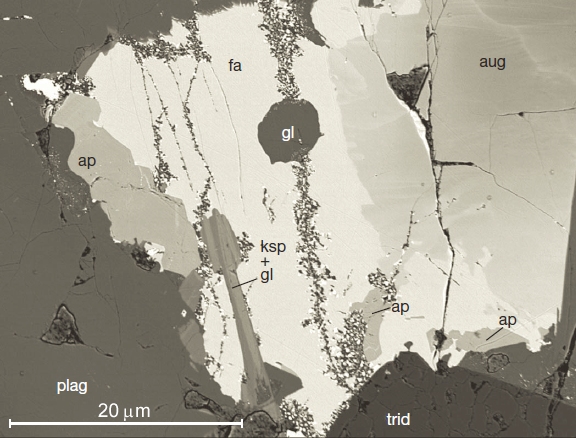Lunar apatite with
terrestrial volatile abundances
Jeremy W. Boyce
Division of Geological and Planetary Sciences, California Institute of
Technology, Pasadena, California
Department of Earth and Space Sciences, University of California, Los
Angeles, California
Yang Liu
Planetary Geosciences Institute, Department of Earth and Planetary
Sciences
University of Tennessee, Knoxville, Tennessee
George R. Rossman, Yunbin Guan, John M. Eiler, Edward M.
Stolper
Division of Geological and Planetary Sciences
California Institute of Technology, Pasadena, CA
Lawrence A. Taylor
Planetary Geosciences Institute, Department of Earth and Planetary
Sciences
University of Tennessee, Knoxville, Tennessee
Abstract
The Moon is thought to be depleted relative to the Earth in volatile
elements such as H, Cl and the alkalis. Nevertheless, evidence for
lunar explosive volcanism has been used to infer that some lunar magmas
exsolved a CO-rich and CO2-rich vapour phase
before or during eruption. Although there is also evidence for other
volatile species on glass spherules, until recently there had been no
unambiguous reports of indigenous H in lunar rocks. Here we report
quantitative ion microprobe measurements of late-stage apatite from
lunar basalt 14053 that document concentrations of H, Cl and S that are
indistinguishable from apatites in common terrestrial igneous rocks.
These volatile contents could reflect post-magmatic metamorphic
volatile addition or growth from a late-stage, interstitial,
sulphide-saturated melt that contained 1,600 parts per million H2O
and 3,500 parts per million Cl. Both metamorphic and igneous models of
apatite formation suggest a volatile inventory for at least some lunar
materials that is similar to comparable terrestrial materials. One
possible implication is that portions of the lunar mantle or crust are
more volatile-rich than previously thought.

Apatite (ap) in lunar sample 14053. Image courtesy of L.A. Taylor.
Nature Vol 466, p466-469, doi:10.1038/nature09274

